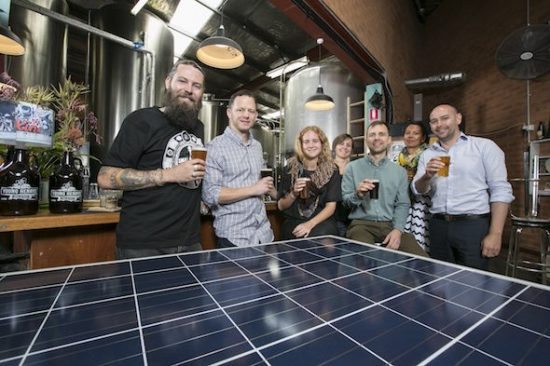NorForce: skills & money for Indigenous people
The ANZ Bank asks “Are you MoneyMinded”?
August 24, 2006What do nonprofits want from technology?
August 25, 2006Unconventional Army unit an effective way of protecting our remote areas
In an era of multibillion-dollar radar systems and sophisticated surveillance aircraft, the predominantly indigenous Norforce remains one of the Australian Defence Force’s most effective ways of protecting the remote north.
When interviewed by the media last year, Lieutenant-Colonel Richard Parker, Norforce’s commanding officer, said the 640-strong unit operates in an unconventional military way – when they put on a uniform the white and black skins meld together. Everyone is treated equal. It’s a good thing for the kids.
“We are informal and relaxed. We have a different mind-set to other units in that we have a strong emphasis on indigenous culture. We work hand in glove with it.”
Parker said Norforce’s strength comes from Aboriginal communities where becoming a Norforce soldier is popular among teenagers. “We have to do everything to protect the trust we have built among the Aboriginal elders,” he says.
When the relative of an Aboriginal soldier dies, Norforce makes sure he or she has time off to attend the burial ceremonies.
An elders’ smoking ceremony will be held at Norforce’s Darwin headquarters later this month after the death of an indigenous soldier.
About 60 per cent of Norforce’s personnel are indigenous, most of them part-time reservists paid about $80 tax-free for each day they serve.
Under the Army’s Land Command, the force is made up of both regular and reserve soldiers who are trained by a pool of experienced army instructors.
But it is the Aboriginal soldiers who teach the white instructors how to stay hidden and live off the land for prolonged periods.
“It’s a two-way street,” Parker said. “We rely on the Aboriginal soldiers knowing their country. In return we give them knowledge, skills, discipline and pride.”
Indigenous elders want the army to enlist more Norforce members from their communities, where they are struggling to cope with teenage crime, alcohol and substance abuse and domestic violence.
In 2006 NorForce is saying to Indigenous people in Central Australia: Give us your time and we will give you skills and money to go with it. (CommonGround Issue 7 – 6mb PDF)
Lieutenant Don Blackman emphasises this when he visits remote communities seeking recruits for NorForce’s Central Australian squadron. The Army has decided to lift the previous limit to the numbers attached to the Alice Springs headquarters. This means they can recruit as many members as are willing.
The Lieutenant knows his target audience. A registered nurse, he has worked in remote Central Australian communities for 11 years.
He says, “I tell prospective recruits that they are silly not to take up our offer. They can spend up to 180 days a year with NorForce with a base pay of $77.55 a day. There is also an allownace of $42 a day when they are in the field, as well as their food.
The money is not taxable and does not count against any allowances for which they are eligible. In return for their presence, we give them training and skills.
The Central Australian squadron has 72 members and its operational area covers 1 million square kilometres.”
For more info on recruiting:
T: 08 8951 0003
W: www.defence.gov.au

